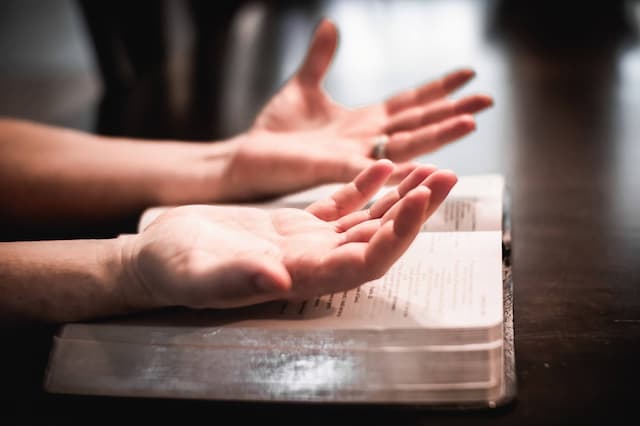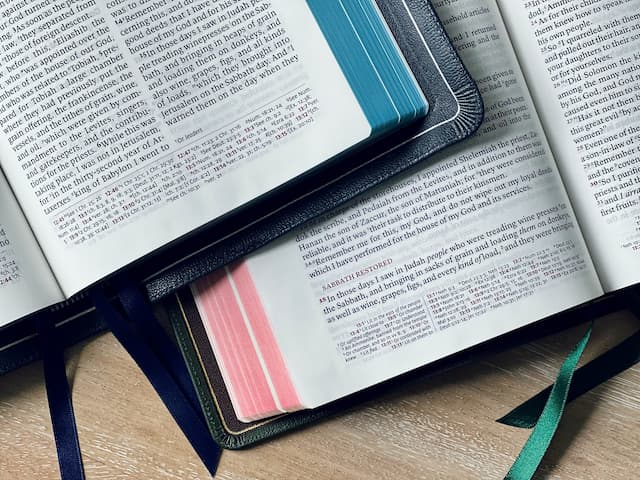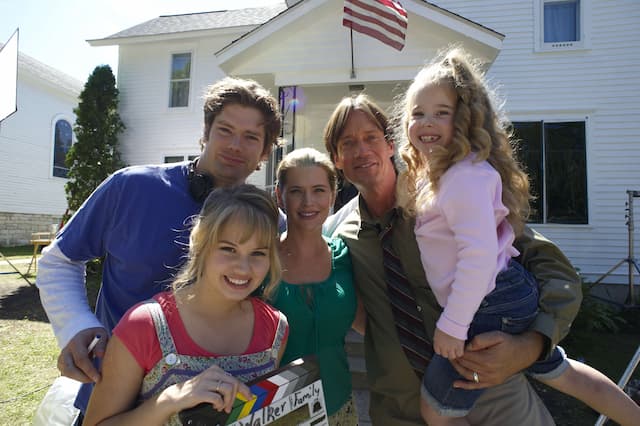A Simple Guide to Your Camera's Autofocus Modes -
A Simple Guide to Your Camera’s Autofocus Modes
Today’s cameras can offer more options than a new Cadillac. Once you step up from a point-and-shoot camera, mirrorless and DSLRs have endless menus and features that can boggle the mind and confuse even the best of us. So, we are going to walk through all the autofocus modes offered on most professional cameras, what they do, when you use them, and leave this article with a newfound need to go shoot!

So what is Autofocus?
Every image you take as an intended focal point, a place in the picture you would like someone to really notice. It is really important to pick the perfect focal point because your camera can adjust settings, lighting, and sharpness on that one spot you choose. So as an example, if you are shooting a picture of a bird sitting on a branch, most likely you want the bird to be the focal point. That’s where focus comes into the ‘picture.’
There are two ways to focus on a focal point, manual and autofocus. With manual focus, you will turn a ring on your lens until your focal point is good and crisp; however, with autofocus, the camera does the work for you. You simply select the object you want to focus on, and, like magic, it is clear and sharp (hopefully).
So why would you want to trust your camera over your own skilled eyes? Speed and accuracy. Autofocus can lock in on a target with near perfection before you can blink. And it is often dead-on accurate. The mechanisms used to auto-focus can often get that focal point as sharp as your settings will allow; that is why most professional photographers spend a great deal of money on lenses and camera bodies to get near perfect autofocus at lightning speed.
So, let’s take a look at the types of autofocus modes there are and when we would use them.
One Shot vs. Servo Mode
Although some cameras may refer to Servo as “continuous,” it is the same concept. I am a Canon guy, always have been, always will be so I call it Servo. But the difference is very easy either way. One Shot is going to focus and lock when you half-press on your shutter release button. But Servo or Continuous mode is going to continue to track for moving objects.

One Shot is used for mostly still images or images that may move side to side but wouldn’t change in their depth of field. This means that you aren’t going to accidentally focus on anything else except your intended focal point. As long as your settings are correct, your picture will come out sharp. This is fantastic for non-or slow-moving objects because you can set that focal point then start clicking.
Servo mode on the other hand is going to be continuously adjusting and this is for moving targets. If you are shooting a kid’s soccer game and they are running toward and away from you, Servo is the way to go… because by the time you were to lock in on a focal point, those kids have moved toward or away from you which means your focal point will be out of focus. So, flying birds, sports, moving cars, all good times to switch it over to Servo.
So, lock these two modes into memory because they are the first thing you will select when deciding your autofocus mode needs. Once you have this decided, we move on to how to lock in on your focal point.
Autofocus Modes Method
Facial Tracking and Eye Detection
Just as it sounds, facial tracking tracks the face and eye detection will try to keep the eyes as your focal point. In this setting your focal point can move automatically because the camera is locked in on the face or eyes. This is great if you have a model posing several different ways. You won’t have to continually adjust your focal point or keep it centered. It also ensures that these important features are tack sharp even if other parts may be slightly out of focus.

I personally only use this in “one shot” mode, or some camera manufactures may call it AF-S (stationary). However, your camera may allow you to use it in servo or AF-C (continuous) modes. I just do not find it to be very accurate.
In the image, you can see the selection and how the box will move once you lock it in on a face. (Eye detection box is just smaller.)
1-Point Autofocus
1-Point autofocus is a single box that you can move around to place on your focal point. This is an extremely accurate way to pinpoint your focal point. As an extra bonus, most cameras allow you to use the touchscreen on the back of your camera to select your focal point. This can really save some time compared to trying to use your direction arrows. With stationary objects, you can lock in with a half press on your shutter release and you will stay locked on that subject. Great for portraits, closeups, product photography, you name it. with moving targets, it will continue to refocus on your subject as they move around.

I use this or the next method a majority of the time in my photography unless I am dealing with really special situations. Simply because it is really accurate at getting a good clear picture on my intended focal point.
I provided a couple examples of how to find 1-point AF and what the box looks like when centered on a subject. If the wind was blowing, I would probably move this over to servo mode as long as the lighting was good.
Spot Autofocus
Spot AF is just a smaller version of 1-point AF. The focal point is much smaller for focusing in on something specific. I might use Spot focus if I wanted to ensure a bird’s head was in focus but was not as worried about the rest of his body. Spot AF comes in really handy when capturing images using a very wide aperture but wanting to ensure something in particular is in sharp focus.

Honestly, I never use this in servo mode. But in One-Shot (AF-S) it can be fantastic for shooting in between cage bars at the zoo or through fences.
You can see in the example how small the focal point is compared to 1-point AF. It is only an added bonus that the second picture is not in focus! Oops!
Expanded 1-Point Autofocus (up down and sides)
Unlike Servo, this will not search for you, but once you lock in your focal point (just like 1-point AF) it will then follow the subject in an up, down or side to side manner. This is nice for races where there may be many moving objects, but you want to lock in on one particular thing. Think race cars or motorcycle racing.

This can be a very useful mode, but you really have to work to perfect it. It can be very difficult to lock in on, especially when moving. That’s kind of what Servo is for anyway, but it does help to make sure you do not take a picture of an unintentional target.
The example shows the directions your focus will adjust once locked.
Expanded Around 1-Point Autofocus (all around)

I will not waste your time over-explaining This one. It is just expanding the area further for diagonal movement once locked. This would be for more unpredictable movements like a single basketball player.
I cannot say with certainty that I have ever used this mode; however, if servo was failing you or if the environment is dimly lit, this might be a great option to try.
Using Zone Autofocus

Zone AF is definitely an option to keep in your back pocket. Basically, you can move the zone around and lock in on anything that comes within it. Now if the subject moves out of the zone, you have to move the camera with them. If a flying bird enters anywhere in this zone, you can lock in and take a picture in focus. But unlike servo mode, the zone will not move in One-shot or AF-S mode. You would have to move the camera if your subject flies out. This is great for ski jumpers because you can focus on a point in the jump and snap a picture as soon as they enter your zone.
That’s a Wrap on Autofocus Modes
The most important thing to remember is that when you half press your shutter release in One Shot mode you are going to lock in on your focal point. To refocus, you can simply release and half press again to refocus. In Servo mode, half pressing tells your camera to begin focusing and it will adjust the focus with movement.
The best plan is practice. Constantly finding new situations to shoot and trying new focus modes will help you learn which modes best fit your needs and skills. Every camera is different along with every lens, so getting to know your equipment is the best road to success.
Written by: Jon Frederick, Lead Photographer for Seven11
Jon is a photographer and author for Seven11 Photography. He specializes in conceptual fine art, Christian inspiration writing and teaching others to further their skills in photography.
View all posts by Jon Frederick











